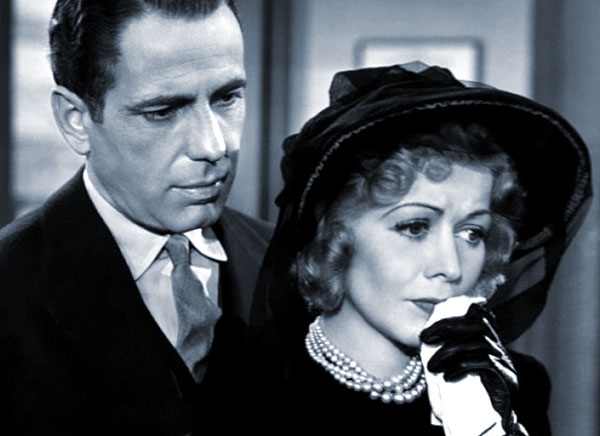| Columns Retired Columns & Blogs |
"In absolute terms, digital sources can now provide better sound—of the organic, soulful, affecting kind—at lower prices, and in better ways, than any other component category".
This is so true, I always marvel when listening at home to a lowly Stello U3 and Moon 300D DAC trounce a very expensive YBA CD1a and Linn Ikemi for a small percentage what those two units cost. The sound isn't even close. On that point Mr. Schryer is right the new technology has the potential to democratize our hobby to the point where front end sources costing thousands of thousands are no longer needed. Still, having said all that I do miss the record stores that used to exist on every 4th city block, that loss is very much missed.













































